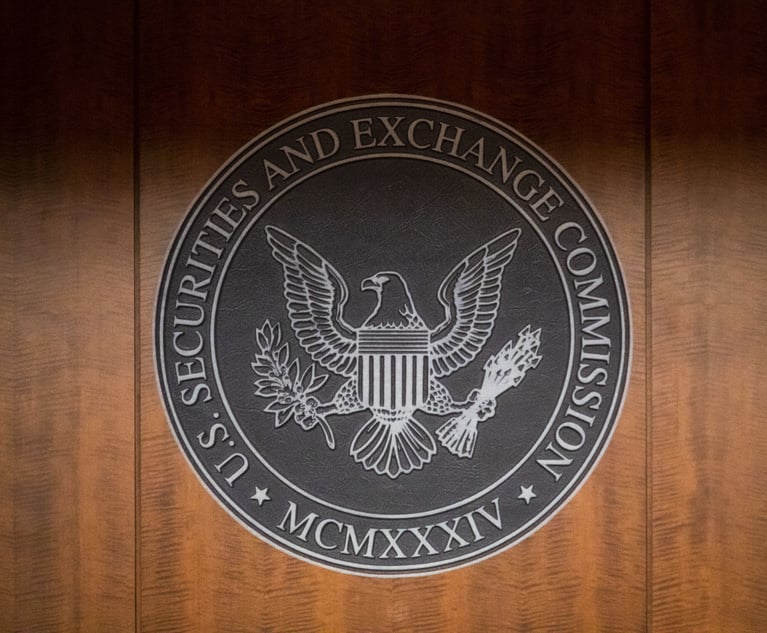Federal Reserve officials must choose this week between theirbest estimates and their worst fears of what will happen to theU.S. economy.
|Policy makers will bring new forecasts to their June 19-20meeting and probably will mark down their April central-tendencyestimate for growth of 2.4 percent to 2.9 percent this year.Lurking in the background is the risk of increasing financialstress in Europe and stubbornly high U.S. unemployment that hasremained above 8 percent for 40 consecutive months.
|All this could prompt them to move away from their outlook formoderate growth and tilt toward a “risk-management” strategypioneered by former Fed Chairman Alan Greenspan, which puts moreemphasis on tracking and containing high-cost threats. Both JanetYellen, the Fed's vice chairman, and William C. Dudley, head of theFederal Reserve Bank of New York, used the phrase in the pastmonth.
|“What we are hearing from Vice Chairman Yellen and PresidentDudley, and the minutes of the last meeting, is that there are morerisks on the downside,” said Donald Kohn, the former Fed vicechairman who is now a senior fellow at the Brookings Institution.“The ability to combat weakness with interest rates at the zerolower-bound is limited and uncertain. In a situation like this,their reasoning is you might want to buy some insurance.”
|Extend Twist
|That insurance may come in the form of extending Operation Twist— which JPMorgan Chase & Co. and Jefferies & Co. predict —or an even more aggressive response if Fed officials see high costsin a slowdown of U.S. growth. The $400 billion program, which wasannounced in September and ends this month, involves sellingshort-term debt and buying longer-term bonds.
|The Fed has about $190 billion of short-term maturities left tocontinue Operation Twist for another three months, based oncalculations by Nomura Securities International Inc. The firm'sforecast is for no extension at the June meeting, with bothChairman Ben S. Bernanke and the Federal Open Market Committeeprobably indicating they could take additional easing steps, suchas outright bond purchases, if economic circumstances warrant.
|An extension would fit a forecast that says the U.S. economywill avoid a disaster scenario of rising unemployment and rapidlydecelerating inflation. The Fed's decision June 20 at 12:30 p.m.New York time could be more aggressive than investors expect ifpolicy makers decide their confidence in their own forecasts is lowand want to do something extra to lean against a worst-casescenario, said Vincent Reinhart, chief U.S. economist in New Yorkat Morgan Stanley.
||'High Odds'
|“We put high odds on them acting at the meeting,” said Reinhart,who was the head of the Fed board's Division of Monetary Affairs,which develops policy strategy, under chairmen Greenspan andBernanke. “Risk management says that you act in advance of apotential downdraft in activity because that could trigger” acollapse in demand that would be difficult to escape with the mainpolicy rate at zero. The Fed cut the target for the federal fundsrate to a record-low range between zero and 0.25 percent inDecember 2008.
|Financial-market indicators are signaling a flight from risk.Yield spreads on the Credit Suisse U.S. Liquid Corporate Index,which tracks almost 1,300 U.S. investment-grade corporate bondswith an average maturity of about 10 years, widened to as much as1.865 percentage points over Treasuries of similar maturity thismonth, the highest since January.
|Fading Optimism
|Greece's largest pro-bailout parties, New Democracy and Pasok,won enough seats to forge a parliamentary majority, easing concernthe country was headed toward an imminent exit from the euro. Evenso, optimism about the election quickly faded as Spain's 10-yearbond yields rose above 7 percent to a euro-era record.
|The Standard and Poor's 500 Index was basically unchanged at1,343.43 at 11:00 a.m. in New York, while yields on Treasury30-year bonds fell to the lowest in more than a week. The yield onthe benchmark long-term government bond stood at 2.67 percent afterreaching 2.65 percent, the lowest since June 8.
|In the U.S., payrolls increased by just 69,000 jobs last month,and unemployment rose to 8.2 percent from 8.1 percent in April.Retail sales fell for a second month, with the May total, excludingautos, slumping by the most in two years. Still, few private-sectoreconomists are forecasting another recession. The U.S. will growbetween 2 percent and 2.5 percent in each of the remaining threequarters this year, according to the median estimates in aBloomberg News survey in early June.
|Early Boost
|Some of the weakness in labor markets could be explained byunseasonably warm weather that boosted hiring earlier this year.Operation Twist has helped increase housing activity, with sales ofnew and existing homes rising to a 4.96 million seasonally adjustedannual rate in April from 4.51 million a year earlier, based onBloomberg calculations.
|Service industries, which account for about 90 percent of theeconomy, grew in May, according to the Institute for SupplyManagement's index of non-manufacturing businesses.
|Fed officials probably won't have complete confidence in abaseline outlook that's likely to call for continued moderategrowth and perhaps even a faster acceleration next year, said JuliaCoronado, chief economist for North America at BNP Paribas in NewYork.
|“What the Fed is worried about is that a seasonal slow patchwill be converted into something worse because of the uncertaintyover Europe and U.S. fiscal policy,” said Coronado, who worked onthe Fed board forecasting staff. “The risks are that we will bedisappointed on the downside in the U.S. economy again.”
||Stable Inflation
|Yellen's outlook calls for a gradual reduction in theunemployment rate and stable inflation of around 2 percent, shesaid in a June 6 speech in Boston. Being patient with that forecastmay not be desirable, she added.
|“Risk-management considerations arising from today's unusualcircumstances strengthen the case for additional accommodation,”she said. “It may well be appropriate to insure against adverseshocks that could push the economy into territory where aself-reinforcing downward spiral of economic weakness would bedifficult to arrest.”
|Yellen said the FOMC could begin another round of bond purchasesor extend its portfolio maturity further if the expansion proceedsat an “insufficient pace.”
|Fiscal Cliff
|Dudley addressed similar concerns in a May 24 speech before theCouncil on Foreign Relations in New York. Hazards to U.S. growthare “skewed to the downside, reflecting risks posed by developmentsin Europe and the impending U.S. fiscal cliff,” he said. “Thecosts associated with such downside outcomes are likely to beconsiderably higher than the costs of realizing upsidesurprises.”
|The so-called fiscal cliff includes the expiration of income-taxcuts first enacted under President George W. Bush, the end ofpayroll-tax reductions and automatic decreases in governmentexpenditures, which would trim a combined 3 percentage points fromgrowth next year if allowed to kick in, according to economistssurveyed by Bloomberg News at the end of May. Instead, compromiseswill limit the damage to 0.8 point, sustaining the expansion, thesurvey showed.
|In a 2003 speech that shaped monetary-policy strategy, Greenspantold central bankers in Jackson Hole, Wyoming, that “uncertainty”was the “defining characteristic” of the policy landscape, makingrisk management a core element of central banking.
|Provide Insurance
|“Policy makers need to consider not only the most likely futurepath for the economy but also the distribution of possible outcomesabout that path,” he said. Officials “operating under arisk-management paradigm may be led to undertake actions intendedto provide some insurance against the emergence of especiallyadverse outcomes.”
|That paradigm is the opposite of a “keep-your-powder-dry”strategy that waits for confirmation from lagging economic data toindicate the economy is turning one way or another, said JoeGagnon, senior fellow at the Peterson Institute for InternationalEconomics in Washington.
|He predicts the Fed will extend Operation Twist for anotherthree months. Because risk-management considerations come intoplay, he said he won't rule out another round of bond purchasesthat includes mortgage-backed securities.
|“Risk management means your forecast is the most likely outcome,but you shouldn't just set your policy on that,” said Gagnon, whoworked under Greenspan and Bernanke as associate director in theFed's Division of International Finance. “If the risk now is alower outcome on employment or growth, then they need to take thatinto account by being more stimulative than they otherwise wouldhave been.”
|Bloomberg News
|Copyright 2018 Bloomberg. All rightsreserved. This material may not be published, broadcast, rewritten,or redistributed.
Complete your profile to continue reading and get FREE access to Treasury & Risk, part of your ALM digital membership.
Your access to unlimited Treasury & Risk content isn’t changing.
Once you are an ALM digital member, you’ll receive:
- Critical Treasury & Risk information including in-depth analysis of treasury and finance best practices, case studies with corporate innovators, informative newsletters, educational webcasts and videos, and resources from industry leaders.
- Exclusive discounts on ALM and Treasury & Risk events.
- Access to other award-winning ALM websites including PropertyCasualty360.com and Law.com.
*May exclude premium content
Already have an account? Sign In
© 2024 ALM Global, LLC, All Rights Reserved. Request academic re-use from www.copyright.com. All other uses, submit a request to [email protected]. For more information visit Asset & Logo Licensing.







